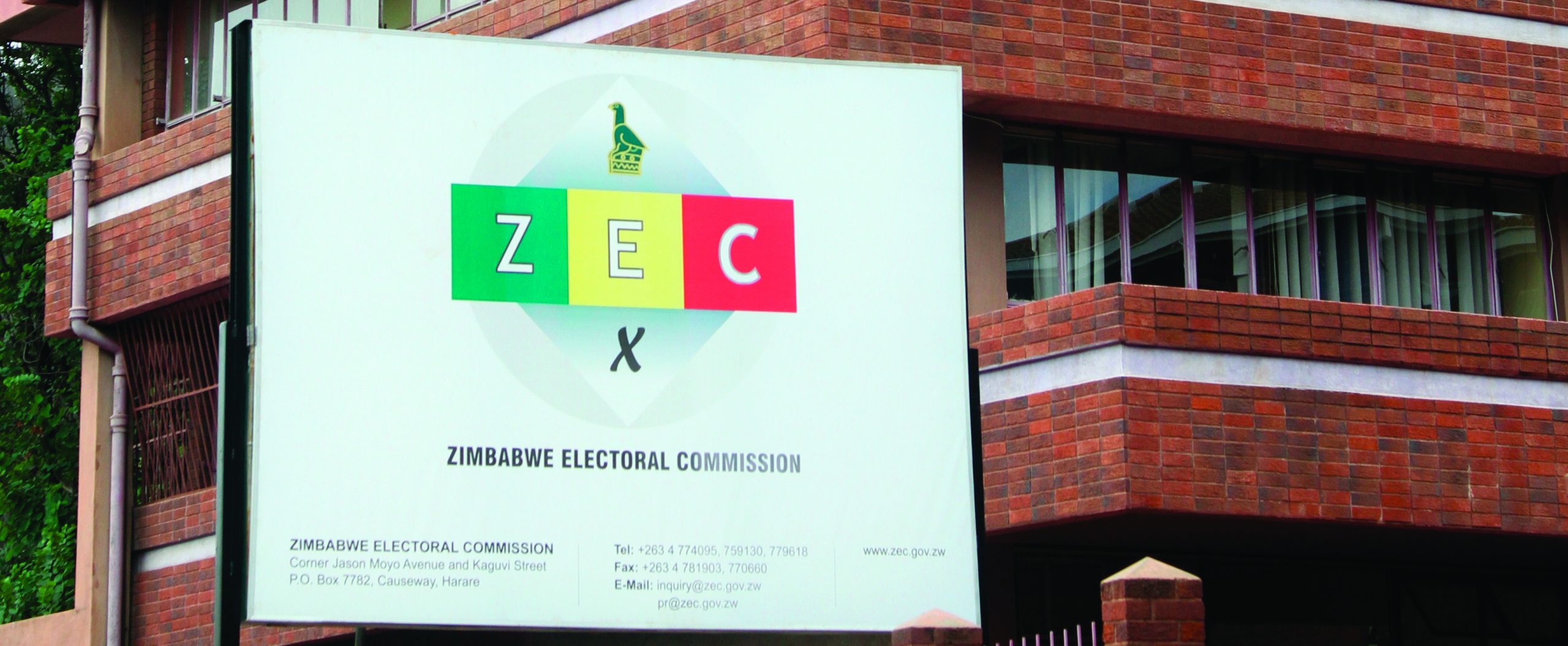
BY RONALD ZVENDIYA Money laundering refers to the processing of the proceeds of crime to disguise their illegal origin. When assessing money laundering risks, entities in the insurance and pensions industry are expected to focus on the ability and likelihood of a money launderer or terrorist financier to use a particular financial product to store and move funds through the financial system for illicit purposes.
Some of the life insurance products and features that can make them vulnerable to money laundering risks include unit-linked or with-profit single premium contracts, single premium life insurance policies that sore cash value, second-hand endowment policies, and fixed and variable annuities.
According to the Financial Action Task Force (FATF) recommendation 20, all suspicious transactions, including attempted transactions, should be reported to the Financial Intelligence Unit regardless of the amount of the transaction.
Entities operating in the insurance value chain should understand the activities that give rise to suspicion.
The activities are known as red flags.
The money laundering red flags in the insurance sector are sub-divided into product features red flags, customer red flags, transactional red flags, and geographic red flags.
Insurance Product features red flags: Some examples of “red flags” include, but are not limited to, the following: the purchase of an insurance product inconsistent with the customer’s needs; unusual payment methods, such as cash, cash equivalents, or structured monetary instruments; early termination of a product especially at a cost to the customer, or where payment is made by, or the refund check is directed to an unrelated third party; the transfer of the benefit of a product to an unrelated third party; a customer who shows little concern for the investment performance of a product but a great deal of concern about the early termination features of the product; a customer who is reluctant to provide identifying information when purchasing a product, or who provides minimal or seemingly fictitious information; and a customer who borrows the maximum amount available soon after purchasing the product.
Customer red flags: Suspicion arises when the customer has difficulty in producing identification or the authenticity of the identification provided is questionable. Furthermore, a red flag also arises when the policy is controlled by a third party, or there are multiple indicators of third-party deposits or payments controlled by a Gatekeeper without any interaction with the beneficial owner.
- Chamisa under fire over US$120K donation
- Mavhunga puts DeMbare into Chibuku quarterfinals
- Pension funds bet on Cabora Bassa oilfields
- Councils defy govt fire tender directive
Keep Reading
Another scenario that generates suspicion is when the customer is a legal entity with a complex structure difficult to ascertain those who own or control the entity as well as when the customer’s business or occupation is in a higher-risk industry (such as being involved in one or more of cash-intensive business, international exposure or associated with crime typologies) or customer’s business or occupation is associated with a lower income for a high-value deposit without a confirmed source of funds. In addition, when a customer has ties to or is on a designated sanctions list, has a history of predicate offences or is associated with negative news, or is considered a politically exposed foreign person, this warrants money laundering suspicion.
Geographic red flags: the geographic red flags arise when the customer resides in either a region with a high frequency and severity of crimes with money laundering risk or a region that experiences a higher incidence of high-risk activity or fraud. The red flag also arises when there is a significant and unexplained geographic distance between the residence or business location of the customer and the location where the product sale took place. Suspicion also arises when there is a request to insure goods or assets in transit to or situated in countries where the production of drugs or drug trafficking and organised criminal activity may be prevalent. High risk areas such as those under the Financial Action Task Force and tax havens also raise suspicion.
Transactional red flags. The transaction red flags arise when a customer is not the payer or recipient of the funds. Thus, the third party paying or receiving funds has not previously been disclosed. The insurer should also be suspicious when:
The receipt of premium from offshore and/or lightly or unregulated financial intermediaries.
Premiums are paid from a foreign account in a different jurisdiction to the domicile or residence of the policyholder.
Premium is paid by an unrelated third party.
Early redemption of a policy when the surrender value is less than the value of premiums paid
Request for a purchase of a significantly large single premium policy for a large assured sum.
Change in beneficiaries to include non-family members.
Intermediaries’ red flags. The distribution channel risk is identified by assessing how vulnerable the channel is to money laundering activities based on attributes that may make it easier to obscure customer identity. The intermediaries’ red flags arise when a customer pays a distributor, who then pays the insurer as the intermediary obscures the source of payment. Therefore, the premium financing arrangements between policyholders and intermediaries will obscure the source of funds or large unusual cash payments.
Entities should be aware that Section 31 (1)of the Money Laundering and Proceeds of Crime Act [Chapter 09:24] stipulates that no secrecy or confidentiality provision in any other law shall prevent a financial institution or designated non-financial business or profession from fulfilling its obligations of reporting suspicious transactions guided by the red flags identified.
The Money Laundering and Proceeds of Crime (MLPC) Act [Chapter 09:24] has a provision for the protection of the identity of persons and information relating to suspicious transaction reports. Thus, section 32 (1) of the MLPC Act states that except for the due administration of the MLPC Act, no person shall disclose any information that will identify or is likely to identify the person who prepared or made a suspicious transaction report, or handled the underlying transaction.
The entities are protected by MLPC Act from liability for good faith reporting of suspicious transactions. Section 33 of the MLPC Act, stipulates that no criminal, civil, disciplinary, or administrative proceedings for breach of banking or professional secrecy or breach of contract shall lie against a financial institution or their respective directors, principals, officers, partners, professionals, or employees who, in good faith, submit reports or provide information following the provisions of the Act.
In conclusion, understating the red flags help to deal with the deficient areas identified in the 2nd Round Eastern and Southern Africa Anti-Money Laundering Group Mutual Evaluation Report for Zimbabwe of 2016 was a low level of suspicious transactions reports and activities filed with the Financial Intelligence Unit (FIU) by the insurance sector. From January 2016 to April 2022, the FIU reported that only three suspicious transaction reports had been reported by the sector. Hence, there is a need for entities in the insurance sector to file the reports as required by recommendation 20 of the Financial Action Task Force.
- Ronald Zvendiya: Research and Innovation Analyst at Insurance and Pensions Commission (IPEC). Contact details – [email protected]. Disclaimer: The opinions expressed in this article are solely the author’s and do not reflect the opinions and beliefs of IPEC or its affiliates.
- *These weekly articles are coordinated by Lovemore Kadenge, an independent consultant, past president of the Zimbabwe Economics Society and past president of the Chartered Governance & Accountancy Institute in Zimbabwe. Email – [email protected] and mobile No.+263 772 382 852.










